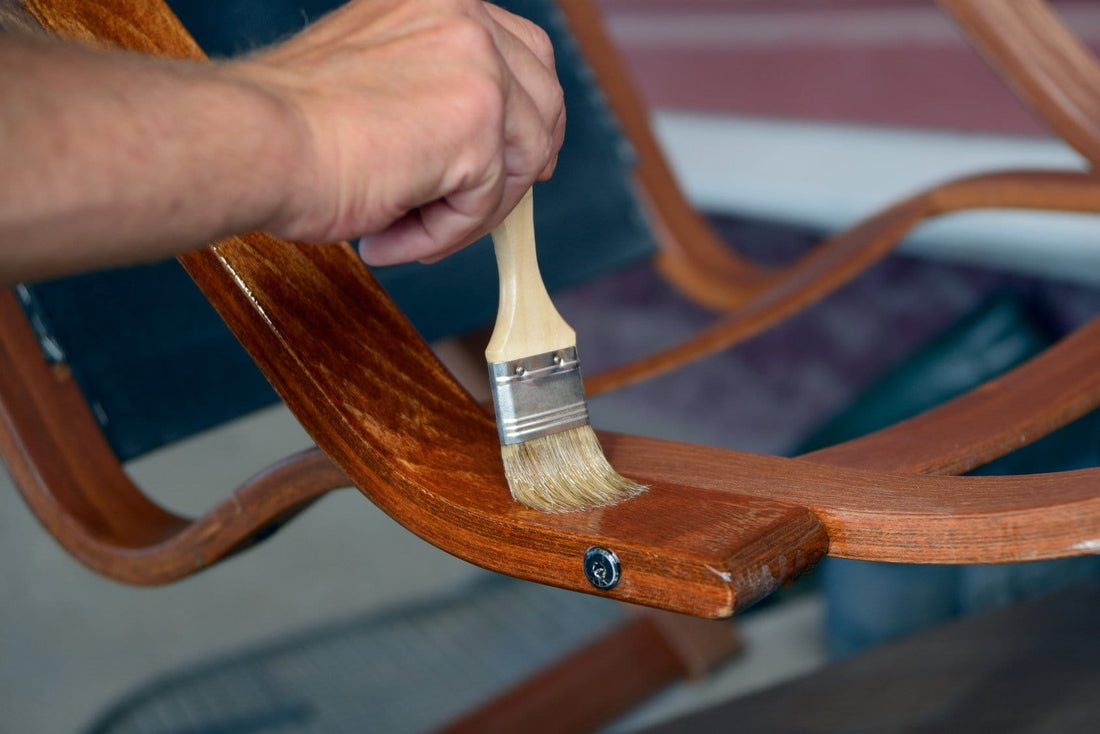Choosing the Right Wood
How is it even possible to choose an exotic wood when there are so many choices? Here are a few factors you can use to help you narrow your search for the right exotic wood:
- Many exotic woods are not only exotic; they are also rare. If your furniture project calls for eight matching dining room chairs, rare exotic woods like Pink Ivory, African Blackwood, or Sandalwood might not be your best choice, as you will likely struggle to find a quantity of wood large enough to complete such a task. These extremely rare woods are better suited to single statement pieces rather than multiple matching pieces. Consider the scope of your project when choosing a wood.
- Do you want your furniture piece to blend in with existing furniture or stand out from the crowd and serve as a conversation piece? Many exotic woods have extremely distinctive colors and grain patterns that lend themselves better to the creation of one stand-out piece. If something unique is on your mind, you can narrow your exotic wood choices by your desired color and grain. Furniture made from distinctive woods should highlight their distinctions. For example, a table top made from tiger wood or Zebra wood can highlight the wood's intense and contrasting grain patterns, or a chest can include panels of bloodwood or purple heart that will show off their natural chatoyance. The wood's characteristics should dictate the design of the piece. There are many wood slab choices that will also alter the look and feel of the piece with a beautiful, flowing live edge.
- Exotic woods can be expensive. Again, the project's scale should be considered. A set of eight dining chairs made from pure Mahogany might be cost prohibitive, but one unique mahogany chair might be within your budget. Be aware also that many exotic woods mimic each other in appearance but not in price. Acacia is almost indistinguishable from the more expensive koa, ipe is a less expensive substitute for teak, and Sapele or African Mahogany fill in nicely for pricey mahogany. A competent exotic hardwood specialist can help you find a wood with the look you want in the price range you can afford if you are willing to flexible about species.
- The colors of exotic hardwoods are one of the things that make these woods so desirable. But keep in mind: Many exotic hardwoods are highly sensitive to UV rays and will change color over time. When choosing a wood for your project, make certain you understand what the wood will look like after six months or a year of light exposure.

